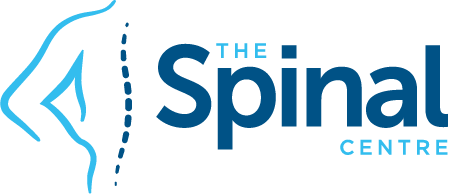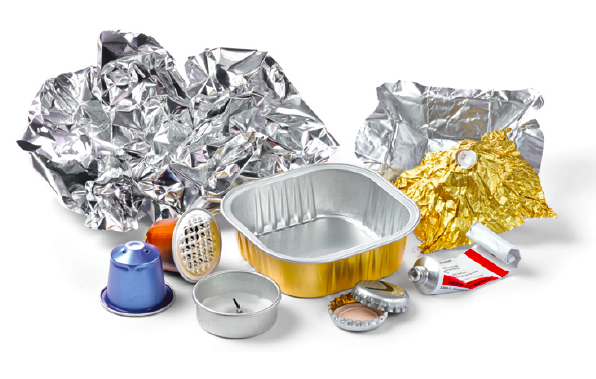
Is Aluminium Really Safe?
Aluminium Consumption. A neurodegenerative poisoning of the population.
Aluminium is being found increasingly in our day to day lives. It is incorporated in our water, our food packaging, personal care products and more. There has always been an assumption that it is safe. However research has shown that low level cumulative aluminium ingestion through all forms may have toxic effects on the body and in particular developing children.

Aluminium in Water
To date, no physiological requirement for aluminium in human health has been found. Contrary to the popular assumption of safety, chronic low-level ingestion exceeding 1 g per day has been implicated in several conditions including hypophosphataemia (caused by aluminium forming insoluble compounds with phosphate), hypercalcaemia, bone resorption, osteomalacia and Alzheimer’s disease.
Embryo-toxic effects (babies developing in the womb) have also been shown in preclinical trials. Along with the total limit for ingestion, a ‘safe’ drinking water limit of 0.6 mg/ L or 600 ppm per day has been proposed, based on a 40-day aluminium balance study.
Aluminium in Food
Aluminium is used in cookware, as take away containers and as a food foil for baking and food storage. Research has confirmed that it is more likely to leach into acidic foods such as lemons and oranges, and some salty proteinaceous foods such as salmon and ham.
The leaching effect increases up to 18 fold when food is cooked and/or stored in aluminium foil on a tray made of an alloy with a higher electrical potential than aluminium, for example, stainless steel.
Aluminium in Personal care
The most common route of aluminium exposure is through the use of antiperspirants which contribute approximately 2 g of aluminium per day to the skin.
This is absorbable, not directly via the skin epidermis, but rather via the hair follicles, apocrine and eccrine sweat ducts (major sweat glands of the human body, found in virtually all skin). Additionally, certain sunscreenS can contribute up to 5 g per day.
Aluminium is also commonly found in consumer and personal care products; pharmaceutical products such as antacids, adjuvants and prescription medications and is used to remove sediment from drinking water. The residual aluminium left in the water can range from 1.17 mg/L to 5.35 mg/L.
Aluminium Absorption Rates
Absorption from the intestinal tract is calculated at about 1% of ingested aluminium. Those who drink unfiltered water may be absorbing somewhere between 0.07 mg/L and 0.018 mg a day if they ingest around 1.5 litres of water daily.
Absorption estimates from cosmetics, sunscreens and environmental exposure are harder to predict. It is unknown how much is absorbed via the skin sweat glands and whether it accumulates in the lymphatics; as not all of it is thought to be excreted via the urinary system. Pharmacy antacids contribute approximately 138 mg aluminium per dose and with an upper limit of 8 per tablets per day providing a possible daily dose of 1.104 g per day – again above the recommended daily limit.
The Spinal Centre Comment:
No living systems use aluminum as part of a biochemical process. Without stating the obvious, it is not part of the food chain. So to be blunt; stop eating, drinking, bathing, spraying and cooking in Aluminium. Be careful.
This post is merely an introductory article on some of the concerns about Aluminium ingestion or absorption. It is by no means exhaustive, so we do suggest you conduct your own research.
We need to ensure we are exercising the utmost caution in order to keep Aluminium exposure to a minimum. You want to avoid negative cumulative exposure effects. The burden of exposure can vary from person to person. But a quick google reveal studies showing ingestion exceeding 1 g per day has been implicated in several conditions including hypophosphataemia, hypercalcaemia, bone resorption, osteomalacia and Alzheimer’s disease – the risk is simply not worth it.
Store foods in glass instead of aluminium, avoid junk foods such as muffins, cakes and donuts (they often contain aluminum-based additives in the form of raising agents), and avoid cooking highly acidic foods such as lemon or tomatoes in aluminium pots/pans as the acid readily dissolves aluminium.
If you have a concern about heavy metal toxicity or Aluminium ingestion perhaps a Hair tissue mineral analysis. This is one of the best ways to easily test for aluminium.
Hair mineral analysis (HMA) is a safe, non-invasive test that measures the levels and comparative ratios of nutrients and toxicmetals found in hair. It can identify over-exposure to toxic metals such as aluminium, lead, arsenic and mercury.
Be proactive for your health. Consider the chemicals you wash in and digest. Wherever possible look for certified organic or minimally processed foods, drinks and skin care products.
Further Reading:
Is Dementia Type III Diabetes – Diabetes of the Brain?
The Spinal Centre – Neuro-Musculoskeletal SolutionsThe Spinal Centre provides the Best Natural Medicines, Health Products and Nutritional Solutions to Free You of Pain and Improve Your Spinal Health.The Spinal Centre is a leader in the management and treatment of spinal pain and disability including:
- Chronic Back and Neck Pain
- Cervical and Lumbar Disc Injuries with or without neruological changes
- All forms of arthritis including rheumatoid arthritis, psoriatic arthritis and osteoarthritis
- Neurodegenerative diseases such as Parkinson’s and Alzheimer’s disease
- Neuromuscular problems such as chronic back pain, headaches, migraines, neck or spinal pains
- Myofascial pain syndromes such as fibromyalgia, diffuse muscular or joint pains
- Austistic spectrum disorders including ADD, ADHD, learning difficulties and autism
- Fatigue, energy and mood disorders including chronic fatigue and depression
The Spinal Centre focuses on resolution with the development of individualised treatment programs using Conservative and Integrative Medicine; combining genetic, metabolic and nutritional testing with specific natural medicines to enhance your health and achieve your genetic potential.We have helped thousands – Why Not You?





